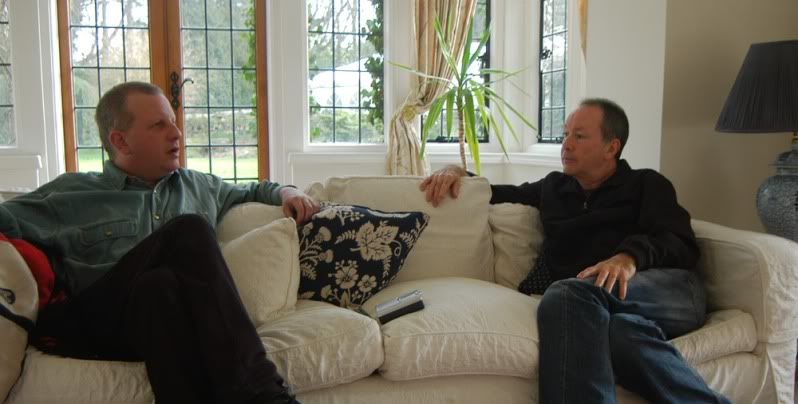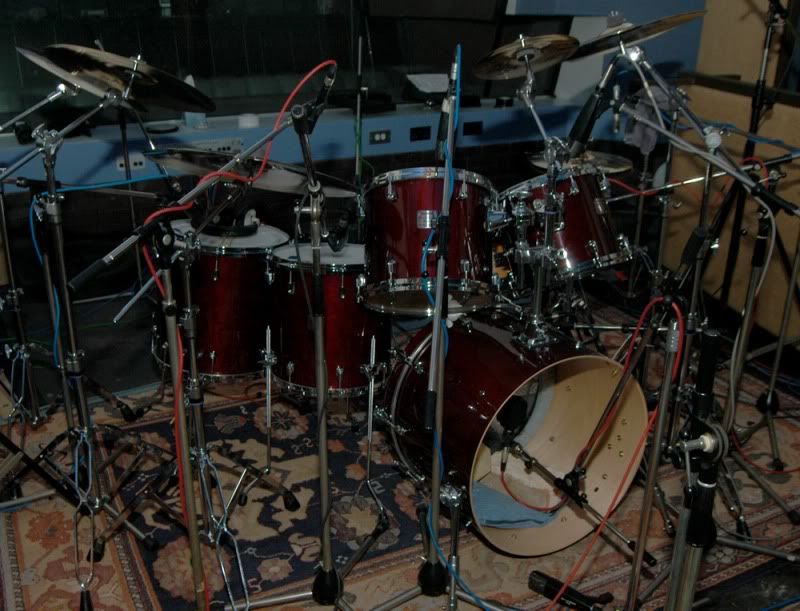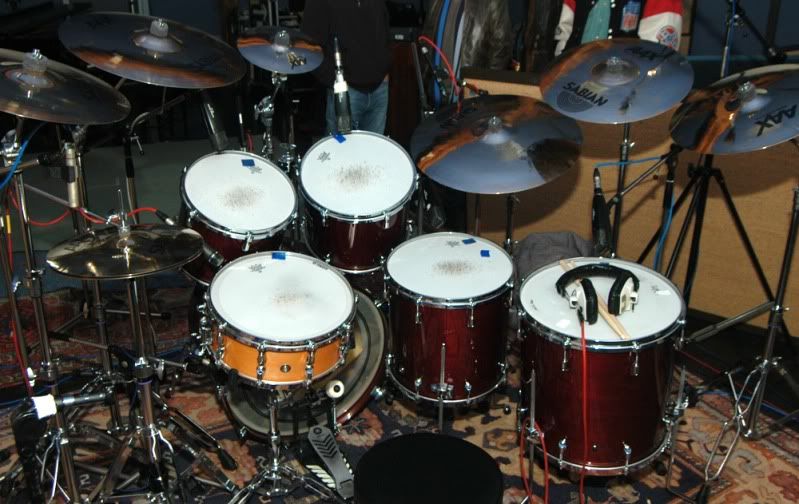DolFan54
Camco Enthusiast
I love Brian's tone on this album especially his snare drum. I thought he may have used a Ludwig Supra on this one but it could also be a metal Rogers Powertone.
Follow along with the video below to see how to install our site as a web app on your home screen.
Note: This feature may not be available in some browsers.

Mike you lucky soul, please see if you can find those, invaluable stuff!!! Thin Lizzy has always been a musicians band, one of the greats!!I interviewed Brian a few years ago at SARM Studios, it was the day after storms raged across the UK and as a consequence, there was no power to the studio. I was booked in for 30 minutes and ended up chatting to him for 5 hours, having lunch with him and Gary Moore (whose album was being recorded at the time)! We had plenty of time to chat about all his old kits going right back to his first kit as a kid, buying a Premier floor tom from a 2nd hand shop right up to his new Yamaha (which he let me have a rattle round!).
The edited interview is here: http://www.mikedolbear.com/story.asp?StoryID=1268
I must see if I can find the original transcript, pages and pages of stuff!

I interviewed Brian a few years ago at SARM Studios, it was the day after storms raged across the UK and as a consequence, there was no power to the studio. I was booked in for 30 minutes and ended up chatting to him for 5 hours, having lunch with him and Gary Moore (whose album was being recorded at the time)! We had plenty of time to chat about all his old kits going right back to his first kit as a kid, buying a Premier floor tom from a 2nd hand shop right up to his new Yamaha (which he let me have a rattle round!).
The edited interview is here: http://www.mikedolbear.com/story.asp?StoryID=1268
I must see if I can find the original transcript, pages and pages of stuff!
If the current "Thin Lizzy" act comes here, I'm actually interested in seeing them this time just to see Brian Downey in action.





 !!!
!!!